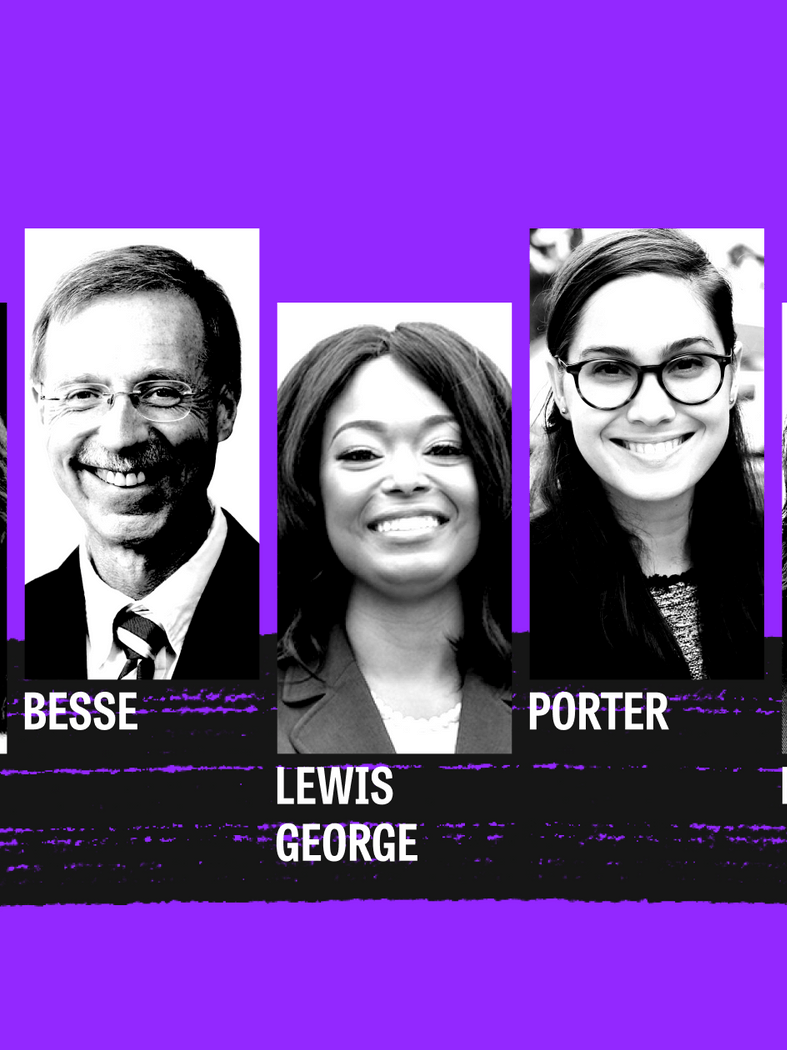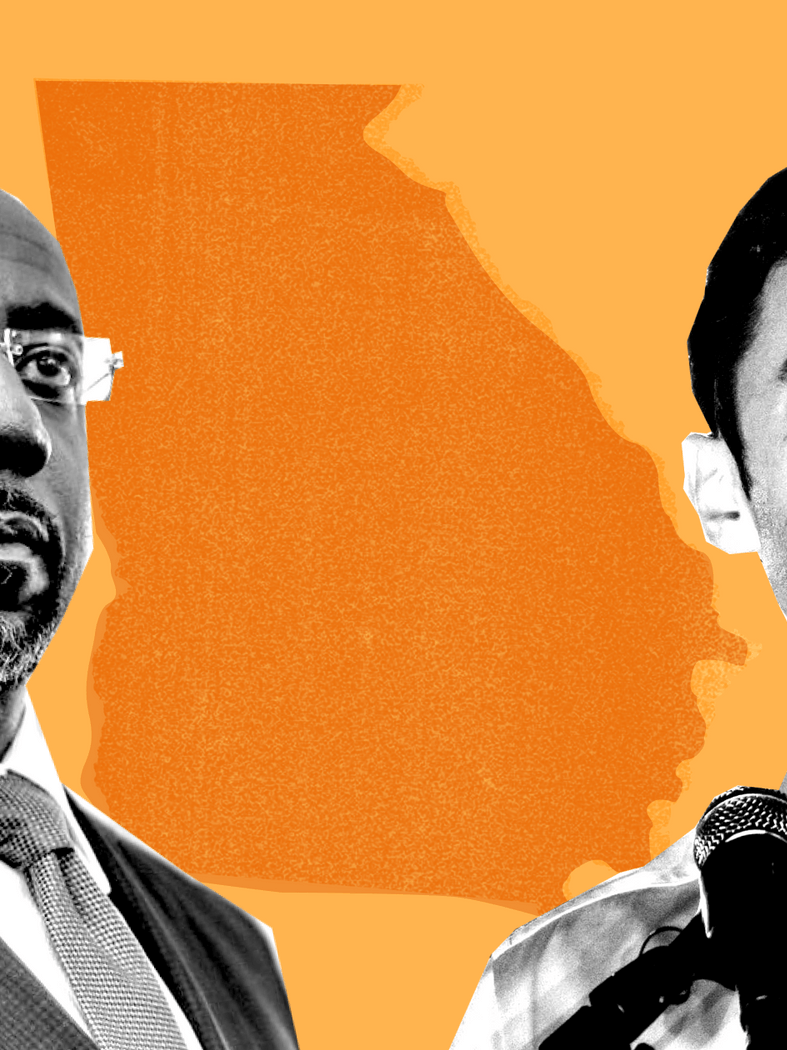Behind every successful movement is a field organizer that has dedicated countless hours to powering it and seeing it through. Field organizers are responsible for a number of tasks including strategizing volunteer recruitment, volunteer activity management, and establishing group goals. They often manage volunteer groups for political campaigns, nonprofit organizations, unions, and special-interest groups. While their specific role may vary depending on the type of organizational work they’re doing, the fundamentals of their role as an organizer remain the same.
Field organizing FAQ
What does a field organizer do?
A field organizer is the lifeblood of any organization or movement. They become a very integral part of a movement as they actively go out into “the field” to encourage people to become involved and make a difference. Field organizers are also responsible for coordinating and managing the activities, staff, and resources of an organization. Often working with political campaigns, unions, non-profit organizations, or special-interest groups, they are usually charged up to kick off any movement and have a diverse and unique set of responsibilities.
You can think of a field organizer as a manager. They are entrusted with the duty of locating, training, and scheduling supporters and volunteers. Sometimes, they lead small volunteer groups—but for larger groups, field organizers can end up managing all volunteers and supporters within an entire region or state. As you would expect, the latter requires more frequent travel.
What types of campaigns do field organizers work for?
Field organizers often work for political campaigns, unions, non-profit organizations, and special-interest groups. They also work with grassroots movements. With the help of volunteers and supporters, a field organizer unifies people around a common cause or goal. Together, they mobilize and engage in activities like phone banking, door-to-door canvassing, and rallies to galvanize supporters.
How do you become a field organizer or grassroots organizer?
Becoming a field organizer is no simple feat. As the lifeblood of an organization, successful field organizers have previous job experience in roles that have exposed them to their cause-driven work. Often, they were fellows or volunteers before becoming field organizers.
It is common for field organizers to hold either a Bachelor’s or Master’s degree. While this is common, it is still possible for someone to become a field organizer with a high school degree, GED, and other credentials. Sometimes, there are even field organizers with doctoral degrees. Ultimately, your experience is what’s going to take you far. Getting involved with causes and campaigns as a volunteer or fellow is essential.
What hard skills do field organizers need?
Field organizers need a toolset of hard skills in order to thrive in their work. Their skill set should include things like communication, organization, and technical skills (especially in today’s digital-first environment).
It is important that field organizers enjoy communication and working with others. They must carry the power of persuasion as much of their work involves convincing folks to align with them for the betterment of the cause. Being friendly, persistent, and prepared to tackle any task is also necessary. Often, field organizers are tasked with digital communications, which are considered a hard skill, and must translate softer communication to the web.
As field organizers oversee the many moving parts of a campaign, it is essential that they possess organizational and technical skills. Field organizers often work with digital tools like supporter management software that often require a certain level of technical understanding. This software helps them with things such as tracking supporter actions which help save time but require a basic level of training.
While hard skills are important in field organizing, it is the combination of soft skills, the right tools, personal/professional experience, and training that will truly drive success.
3 traits of good field organizers
There are a number of traits and characteristics that a field organizer must possess in order to oversee their work successfully. While hard skills in digital communication, organization, and the technical domain are important, field organizers should have soft skills as they work with a diverse group of people. This means that they must have an understanding of how to inspire and motivate people as they strive towards a common goal.
So, what traits should a field organizer have? There obviously are a number of soft skills that would benefit any field organizer, but we’re going to focus on the three P’s.
The three P’s are:
Passion: Passion is what ultimately drives any campaign and movement. As the person responsible for getting people to jump into action, field organizers must possess a genuine passion for powering the people.
Patience: When it comes to field organizing, patience most certainly is a virtue. A field organizer dedicates hours of their time to help push forth movements and campaigns in hopes of making the world a more just, inclusive, and democratic place.
Persuasion: To get more people excited about your cause or movement, you must possess the power of persuasion! Persuasion plays a significant role in convincing people why they should get out and make an impact.
6 essential strategies & tools for field organizers
There are a plethora of skills and traits that field organizers need in order to take their movement to the next level—but without a roadmap driven by robust strategies and tools, it’ll be hard for them to get things swinging into action. In order to round up groups of people, organize them, and make an impact, a well-defined strategy is needed. What are your goals? How do you plan on organizing volunteers and supporters? What is your plan to target and mobilize voters?
And don’t forget the tools! Field organizers spend a lot of time identifying supporters of their causes and encouraging them to vote. They often are involved with things like canvassing, phone banking, and campaign rallies. There are also tools that field organizers utilize to save time, money, and resources that could be better used for other campaign activities.
Concrete field goals
Before a field organizer goes out in the field, it is important for them to establish their goals. When it comes to political campaigns, it is critical that you calculate your win number. The win number represents the number of votes necessary to win. It is calculated by the number of voters you expect to turn out and vote, and the margin needed to win the election. Once the win number is calculated, the campaign must consider which voters they should focus their efforts on in order to get the best return on investment.
For field organizers that are not working on a campaign, goals can include: recruiting a special number of volunteers and supporters, informing communities about policies that affect them, etc.
Volunteer management software
Time is a valuable resource when it comes to organizing and mobilizing. Volunteer management software is often used to simplify supporter management. Software like Mobilize helps simplify supporter management by providing a one-stop shop for all supporter engagement.
With volunteer management software, organizers can create and schedule impactful events, rally together supporters within seconds, and keep track of the heavy mobilization efforts that they are conducting such as canvassing, phone banking, text banking, etc. As a repository for volunteer management, volunteer management software also calculates the stats that will help you continuously iterate and improve your mobilization thus driving your cause toward success.
A solid understanding of your audience
It is important for field organizers to gather a deep understanding of their audience before they get out on the field. When it comes to political campaigning, they must consider the different categories in which constituents exist. For example, some people always vote while others only vote during some elections or not at all. Additionally, a voter’s political party affiliation may influence their views on a particular candidate or issue. Keeping this in mind, a field organizer must determine which audience is worth going after and which methods will be most effective.
Effective communication tools
Developing a strategy for field organizing is useless without the proper communication tools in place. Communicating with constituents is one thing—but communicating with supporters and volunteers is another. In order to streamline communication, field organizers rely on various communication methods to keep the campaigning from going awry.
Some field organizers utilize tools that allow them to message all of their volunteers and supporters at the same time. These group messaging tools allow supporters to connect, plan, and help each other even if the field organizer is not available. Other tools such as email, social media, and text messaging also allow for smoother, clearer communication.
A range of mobilization tactics
This is when the mobilizing begins! After you have thought about who you need to target, you must determine how you will contact and mobilize them. In doing this, things like geographical constraints, budget, and demographic considerations should be top of mind. For example, a virtual event may help fight any geographical constraints you may have had when planning an in-person event. As you can see, putting thought into how you will strategize your mobilization tactics is critical.
The core tactics that field organizing relies on include: canvassing, phonebanking, events (in-person and virtual), and direct mail. Door-to-door canvassing is one of the most successful methods for voter contact because it allows a level of personalization and face-to-face interaction that other methods do not. This tactic requires more time and labor than others—but tools like Mobilize help you recruit, train, and organize mobilization efforts such as this one thus cutting down the time required to power your movement.
Phone banking is another effective mobilization tactic that allows for some of the same personalization as canvassing—but on a much cheaper scale. Phone banking allows volunteer groups to perform outreach while cutting down time and cost. Phone banking can be used to recruit more supporters, spread word of mouth about upcoming events, and contacting constituents to persuade voters and increase turnout for your issue or candidate.
Events power movements. Whether it is in-person or virtual, events can help you harness the excitement you need to supercharge your cause. Creative events will not only attract interest but keep the momentum of your movement going. Collecting names and contact information is absolutely integral to ensure that you can follow up with attendees and keep them a part of the movement. With a platform like Mobilize, upon signing up for your event, an attendee will have to submit their contact information and any other information you want to capture during signup.
Direct mailing is a much more targeted, efficient, and effective attempt to communicate with a large number of people across broad geography. It allows you to continuously communicate the essence of your campaign and helps tie together all of your other tactics thus providing consistency and clarity.
A way to study your impact
Studying your impact will help you increase your impact. Using dedicated management and communication software will make it much easier to analyze your performance and impact. Mobilize helps you keep track of volunteer events and measure supporter and volunteer actions. Having access to data like this will allow you to continuously improve your strategy and reach more people, more effectively.
Wrapping Up
Field organizing is exciting work that has the potential to transform communities and change the world. Galvanizing and mobilizing communities is no easy task—but with the right tools, a shining skillset, and determination, a field organizer can help spark much success. Want to learn how to take your organizing to the next level?
Check these out:









